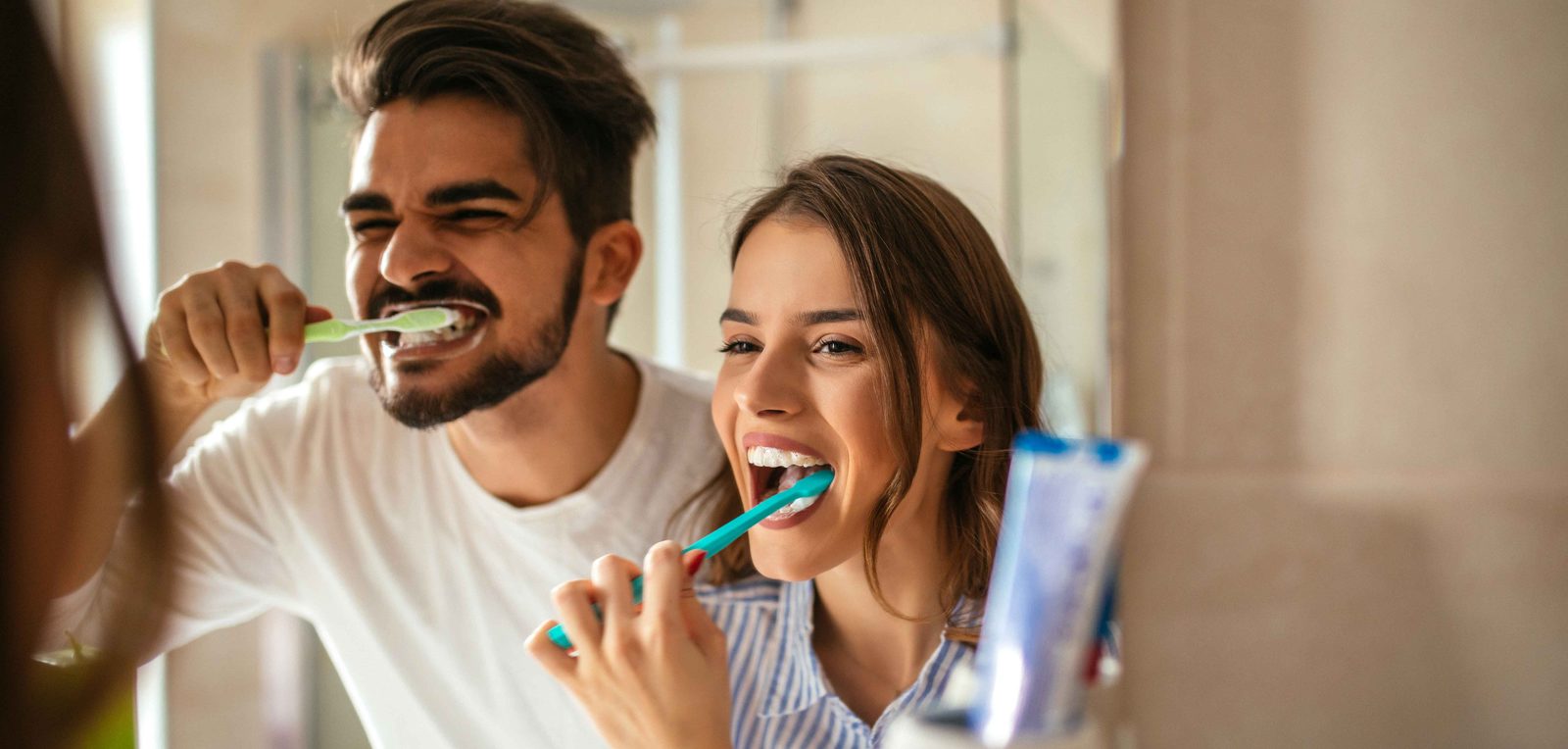 Dental hygiene therapist, Victoria Wilson, provides practical advice on how to communicate good oral care advice to patients.
Dental hygiene therapist, Victoria Wilson, provides practical advice on how to communicate good oral care advice to patients.
Although maintaining optimal oral health is a top priority for dental professionals, it is important to recognise that this is not always the same for patients. Evidence suggests that patients’ recall of oral care advice given during appointments is far lower than expected.
Communicating effectively with patients is one of the most challenging tasks and can be far more complex than anticipated. For the best chance of recall and long-term compliance, discussion needs to inspire patients, so they leave the appointment feeling motivated to take better care of their oral health.
Motivation
With appointment times often limited, how quickly can the information required to assess a patients’ personal needs be gathered? Certain questions can easily become habitual, but being sensitive in the approach and adapting it to each patient is key.
There are several ways to increase engagement and improve communication of oral care advice:
- Assess each patient individually to understand which motivation techniques will work for them, listening carefully to their concerns and mirroring their use of words
- Create an environment of understanding and respect, helping the patient feel more relaxed and confident to encourage discussion (Suchman et al, 1997; Ptacek and Eberhardt, 1996; Hirschman and Hittleman, 1978)
- Ask open ended or ranked questions to gain valuable insights into their personality and motivations (eg on a scale of 1-10 how important is your smile to you?)
- Motivate patients to take responsibility for their oral care and work with them to develop a preventive and restorative treatment strategy
- Encourage self-efficacy helping patients understand that a few small changes in their daily routine can make a big difference in the long term
- Set tailored SMART (specific, measurable, achievable, realistic and timed) goals – these goals should be adapted to the patients’ oral care habits and mirror their motivation.
Tailoring information to a patient’s oral care habits and sharing in a clear and concise manner is key to increasing the likelihood that the patient will listen, engage and take action.
To learn more and earn one hour of CPD, visit the Wrigley Oral Healthcare Programme website to complete the Communicating with patients CPD module.
References
Hirschman SM and Hittleman E (1978) Effective communication. Gen Dent 26: 38–46
Ptacek JT and Eberhardt TL (1996) Breaking bad news. A review of the literature. JAMA 276; 296–502
Suchman AL, Markakis K, Beckman HB and Frankel R (1997) A model of empathetic communication in the medical interview. JAMA 277: 678–682


